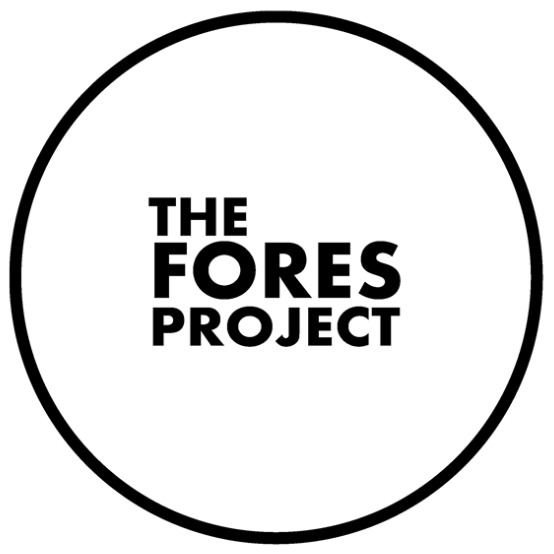A quick pit-stop, a discarded scrap of cloth; the faint markings of its past use, smudged slick with oil and stained by hastily soaked up pepsi-cola. A ‘Trucker Painting’. Dixon sees paintings everywhere, but is especially endeared by practical paintings like those in the mesh suspended between scaffolding posts or utility markings that litter city roads, slapdash in appearance but perhaps the most important markings in an urban setting, noting ‘gas line here’, ‘water main below’ or ‘pothole’.
The title is a tongue-in-cheek response to the categorisation of Dixon’s paintings as ‘women's work’ or ‘female textile art’. A defiant: “No it’s not. I’ll tell you what it is. It’s a Lesbian Trucker Painting.” What that is exactly, the artist feels no need to elaborate. Fascinated by Instagram ‘hack’ videos by accounts like 5 Minute Crafts or Engineering Principles, where handymen fix sinks with instant noodles or builders work with bendy hammers, Dixon is intrigued by inefficient modes of making. An element of this carries through to the works, panels of fabric are held together by a series of carabiners where a stitched line would serve the same purpose. Even the show’s installation uses these ‘quick fixes’, when the wall jacks holding up ‘Safety First’, 2023 didn’t provide enough height, Dixon collected bricks from a nearby building site in Kentish town to prop them up on.
This painful (im)practicality is part of the work's unerring charm, Dixon’s series of Fantasy Tools are affixed to several paintings. Wound paracord and decorative beads are looped onto carabiners, or through rivets into the painting's ‘skin’. These ‘tools’ vary in usefulness, some brandishing spirit levels hanging loosely by the painting's side. Other works serve purposes counterintuitive to viewing, Pink Pony Club and Power Patrol using glow-in-the-dark stripping - though the work isn’t intended to be viewed in the dark. Raising questions about what work does in its ‘downtime’, what does the work do when no one is looking? How does the work remain ‘active’? Dixon employs the suggestion that the work and its components have lived a life before its current one, both separately and as a unit. The works are made up of various materials collected by the artist over time, utilising ‘op’ shops, eBay and hand-me-downs from friends and family. Geotextiles (permeable fabrics used in construction and planting) feature in many of Dixon’s paintings. This melding of found fabrics, patches and fantasy tools allows the works to exist within their own time.






